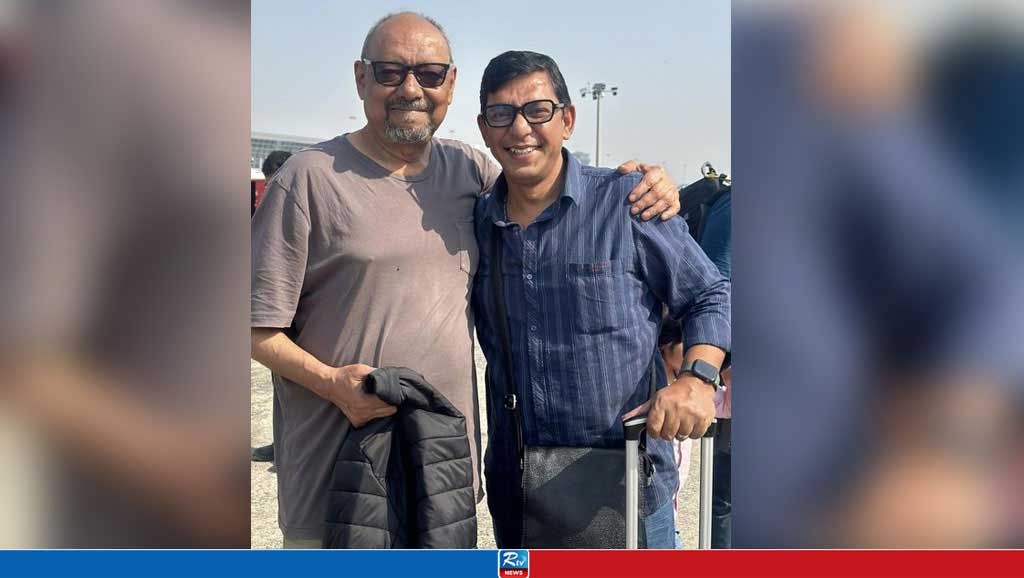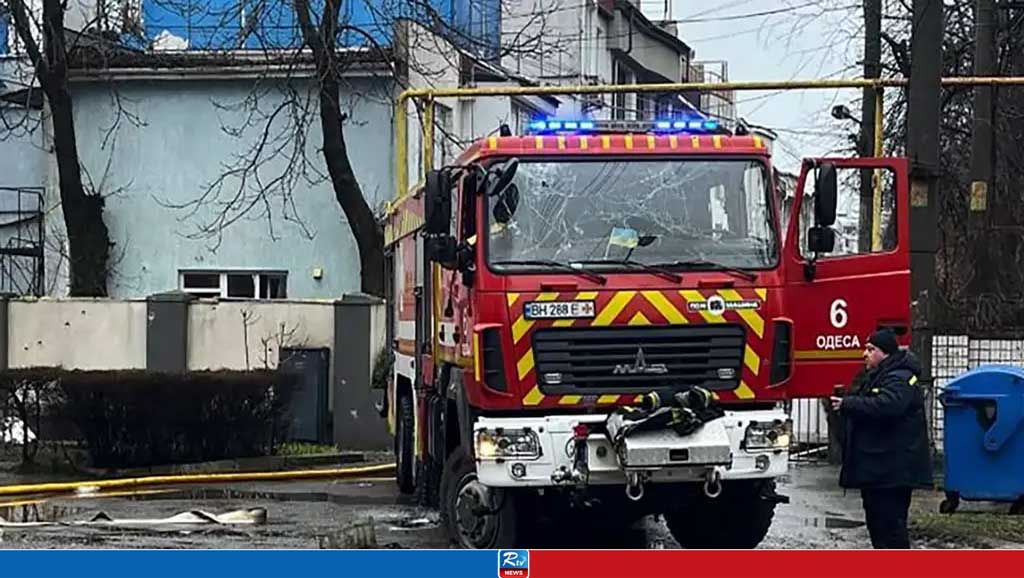Artist Anisuzzaman : His Guanlan Experience

Recently, Anisuzzaman Anis, the country's famous printmaker and professor of Fine Arts Faculty of Dhaka University, has completed a prestigious three-week residency workshop in Guanlan Print Base, China.
Guanlan Original Printmaking Base is located in the hometown of famous printmaker Chen Yanqiao, the pioneer of Chinese New Woodcut Movement; as well as a renowned art theorist and educator. It is jointly established by the Shenzhen Bao’an District People’s Government, Shenzhen Federation of Literary and Art Circles and the China Artists Association. They decided to build a national original printmaking base with creation, production, exhibition, collection, communication, research, training and market development as one union of China’s Prints Industries. Printmaking Village, the core area of the printmaking base, was officially opened in May 2008. He was awarded at the International Guanlan Print Biennale earlier in 2011.
The artist previously won the Grand Prize at the Asian Biennale too. He is an outstanding contemporary printmaker who has received scholarships from the famous Pollock-Kersner Foundation of America and the Greenshield Foundation of Canada.
Artist Anisuzzaman Anis has been acclaimed worldwide for his recent series 'Kaleidoscopic Complexity'. He has been working on civic prosperity and multi-storied development complexities for more than a decade. He took the woodblock print medium to unique heights. He is a popular artist in this medium after art gurus Shafiuddin Ahmed, Rafiqun Nabi and Abdus Satter. He is one of the two Bangladeshi artists who received the grand prize through woodblock print medium at the prestigious Asian Biennale. The other name is Abdus Sattar.
This content has been prepared after a long conversation with the artist about his latest series Kaleidoscopic Complexity and the Guanlan residency.
Anisuzzaman says about his new series of printmaking, 'This is my series of works which I started in 2009 and still on. It came in my mind while watching the fast urbanization of our capital city Dhaka. Through this series I tried to explain the necessity of urbanization and the negative side of the cityscape. As you know Bangladesh is too fast developing country, but somehow we are facing a number of hidden complexities which I love to to describe as 'Kaleidoscopic Complexity.'
The Department of printmaking was established in 1948 as a Graphic Art Department. This name has been changed to 'Printmaking Department' in 1978. In 2008 when Charukala became a Faculty of the Dhaka University, it became established as a well-known Department under Fine Art faculty of Dhaka University. This is one of the best departments of the university. Many renowned teachers and scholars worked in this department. I am proud to be a student and faculty of this department. About printmaking technique and tactis he says., 'We have all the techniques and procedures of printmaking in our department. Relief Process, Intaglio Process (Etching, Drypoint, etc), Planographic Process (Lithograph, Platography, etc), Offset Monotype and Monoprint. what I teach to my students specially is lithograph and wood block print process.'
Artist Anis informed us about printmaking tradition of China and Japan, 'China has a long history of printmaking. Also Japan has an enriched history too. As I studied in Japan I had to go through the historic journey of China and Japan's printmaking there.' Besides Anis mentioned his fascination on famous Chinese master printmakers Jhang Jhiaoshun, Jhang Minjhi, Hao Ping and others. He specially thanked Jao Jianchun the deputy director of the Guanlan Print Base for his gracious support.
While asked how to develop printmaking process in the coming years he says, 'Well, we need much devotion. We need to guide and train our students with care. We should keep our eyes open to catch and implement global printmaking movements. It is a continuous process. young and promising printmakers should participate in the international exhibitions, they must visit museums and galleries and need to collect catalogues and journals.'
Article courtesy, Rafique Sulayman : Art critic and writer.
Comments
The Indian Product Boycott Movement vs. Reclaiming the Hat
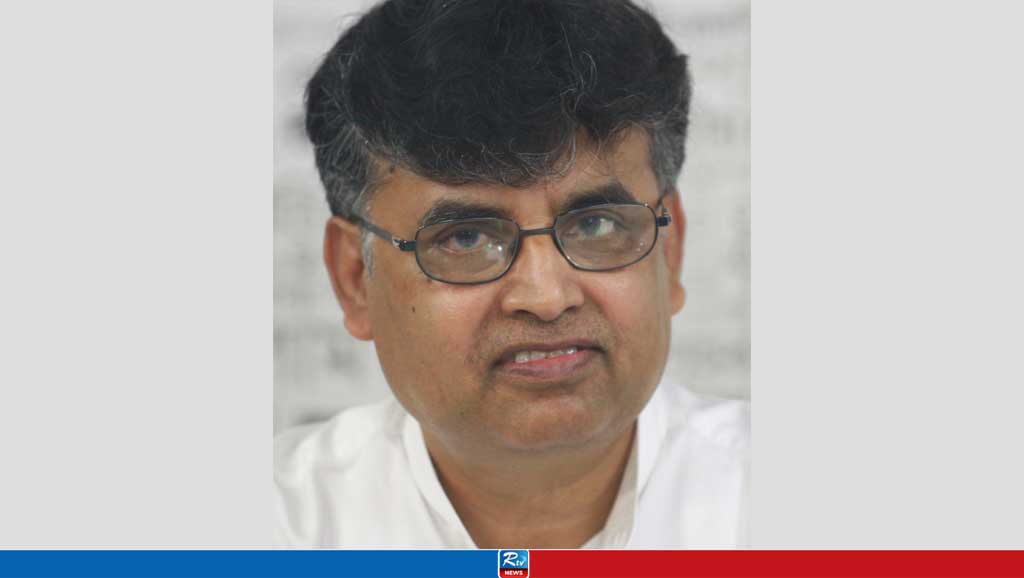
Schools and colleges to remain closed for 7 days
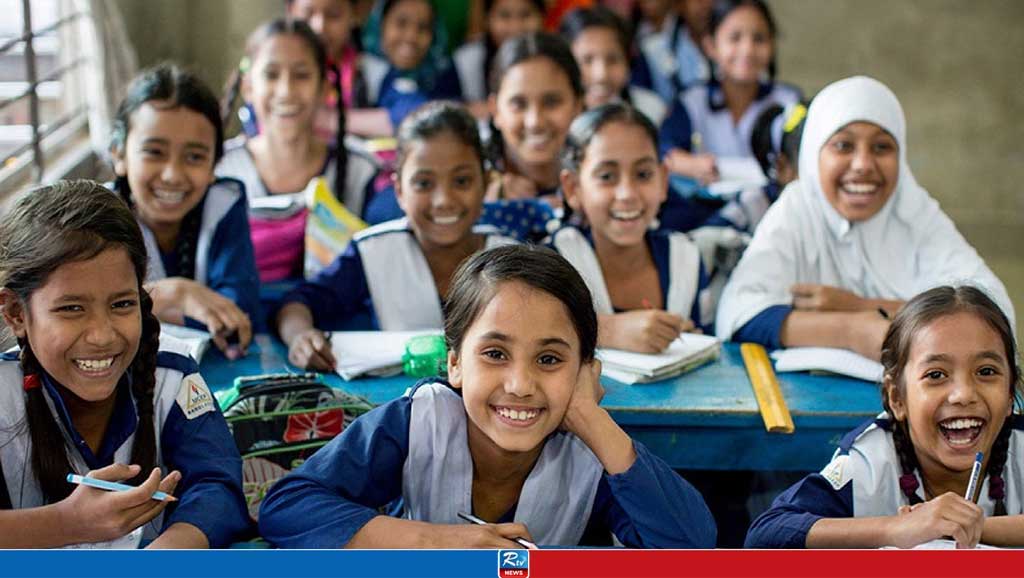
DU classes to be held virtually amid heatweave
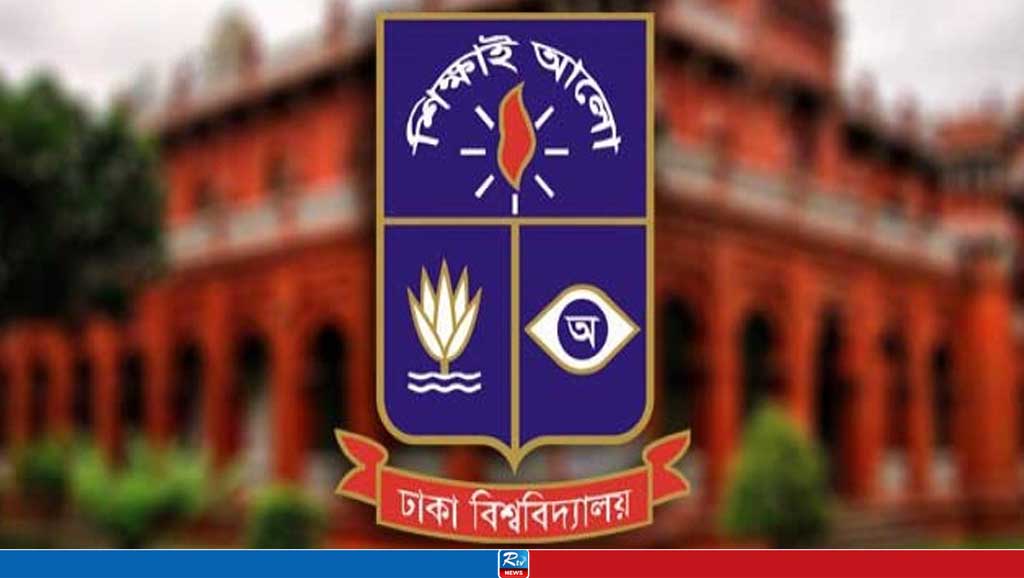
Dozens arrested as US campus protests over Gaza spread
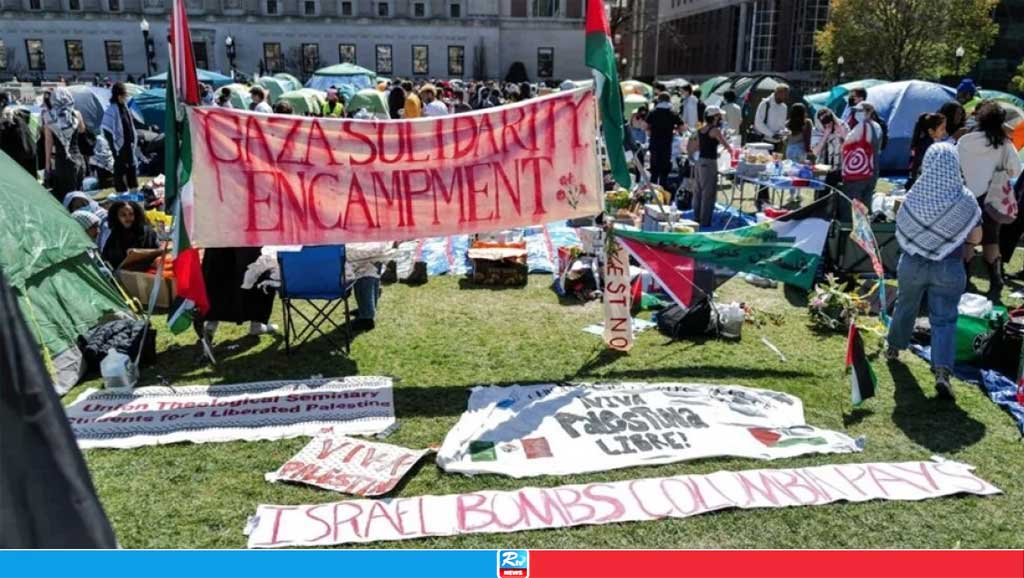
Sonia to receive PNS-Bipasha Guhathakurata award
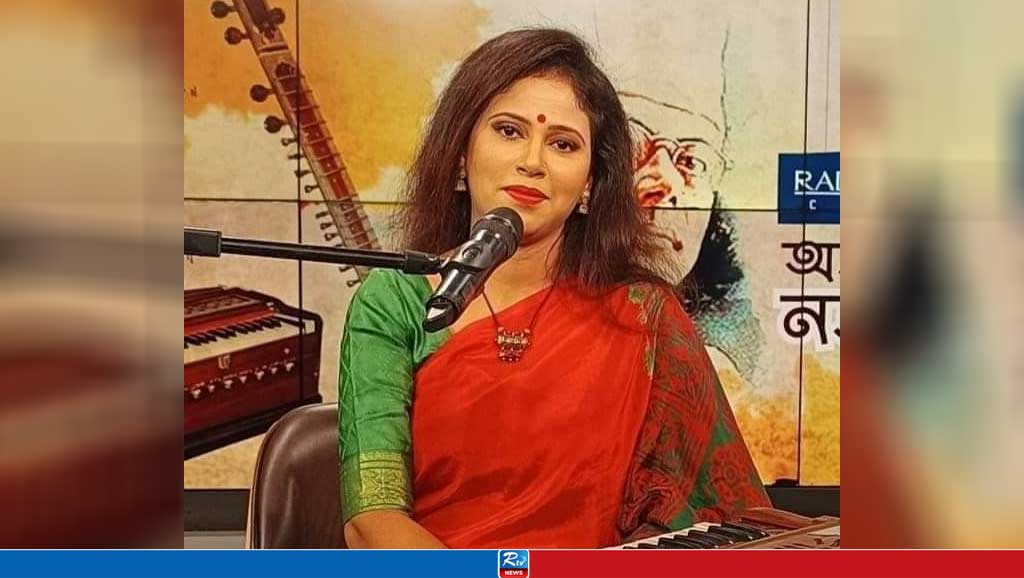
Slow internet, may suffer for a month

Primary schools to reopen across Bangladesh from Sunday
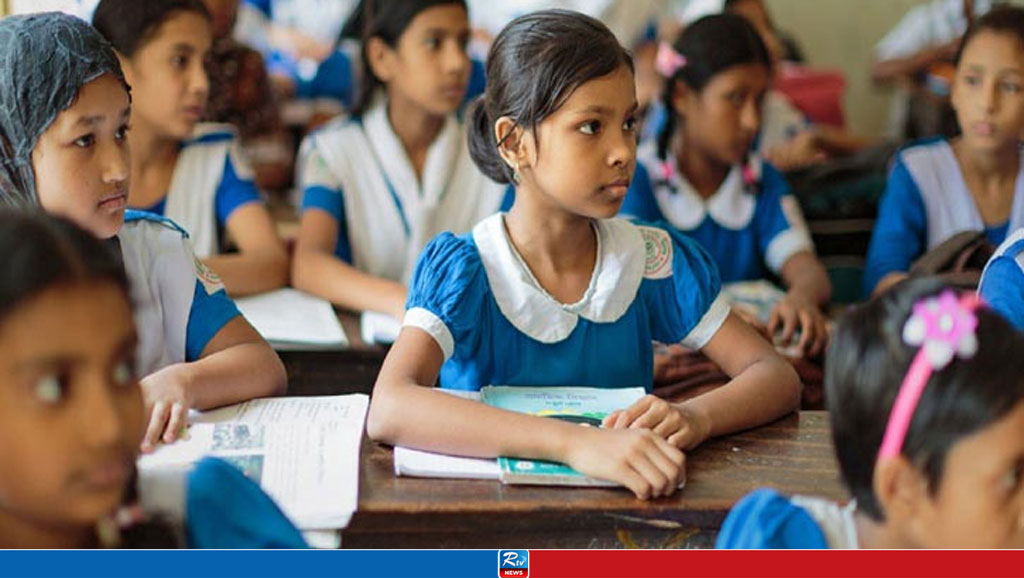

 Live Tv
Live Tv

